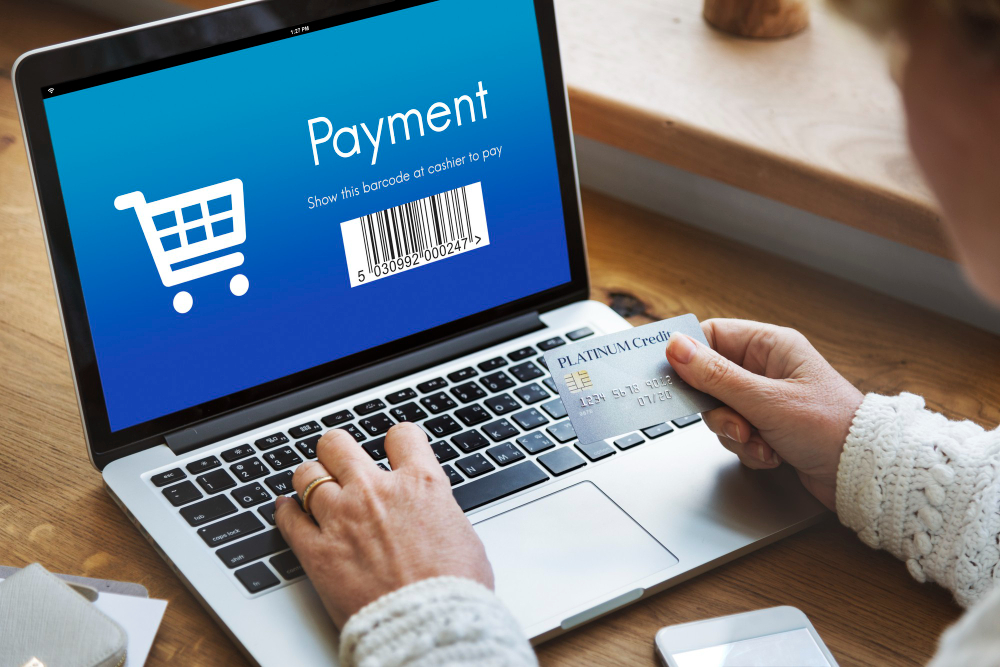
Businesses need robust payment processing solutions to enhance customer experience and boost conversions. Integrating multiple payment gateways ensures customers have various options to complete their purchases, reducing transaction failures and improving trust. This article explores how businesses can successfully integrate multiple payment gateways for a seamless checkout experience using payment gateway development services.
Why Integrate Multiple Payment Gateways?
1. Enhanced Customer Experience
Different customers prefer different payment methods. Some may favor credit cards, while others prefer digital wallets, bank transfers, or even cryptocurrency. Offering multiple gateways ensures customers can pay via their preferred method, reducing cart abandonment rates.
2. Increased Conversion Rates
Limited payment options can lead to potential customers dropping out before completing a purchase. Integrating multiple gateways ensures no lost opportunities due to payment issues.
3. Backup in Case of Downtime
Payment gateways can experience occasional downtimes due to technical issues or maintenance. Having multiple gateways as backups ensures uninterrupted transactions and prevents revenue loss.
4. Better Transaction Success Rates
Sometimes, transactions get declined due to bank policies, regional restrictions, or fraud prevention mechanisms. Having alternative gateways allows customers to retry payments using different processors.
5. Global Expansion
If your business operates globally, integrating regional payment gateways can help you cater to specific markets, supporting local payment methods and currencies.
Steps to Integrate Multiple Payment Gateways
1. Identify Business Needs and Target Audience
Before integrating multiple payment gateways, assess your business requirements, customer demographics, and preferred payment methods. Research the transaction fees, security features, and compliance requirements of each gateway to choose the right mix.
2. Select the Right Payment Gateway Development Services
Partnering with payment gateway development services ensures you get expert assistance in integrating, customizing, and optimizing payment gateways. These services help businesses choose gateways with seamless API support, fraud detection, and secure payment processing.
3. Ensure API Compatibility and Integration Flexibility
Each payment gateway offers its own API. Ensure that the APIs are well-documented and easy to integrate with your existing system. If your platform is built on Shopify, WooCommerce, Magento, or a custom eCommerce site, verify the compatibility of each gateway.
4. Develop a Unified Payment Processing System
To ensure smooth transactions, create a unified system that routes payments through multiple gateways based on predefined rules. For example:
- High-value transactions can be routed through gateways with lower transaction fees.
- Customers from specific regions can be directed to their local payment processors.
- If one gateway fails, the system automatically reroutes the payment to another.
5. Implement Secure Payment Authentication
Security is crucial in payment processing. Implement measures like:
- PCI-DSS Compliance
- Tokenization and encryption
- Multi-factor authentication (MFA)
- Fraud detection and prevention systems These security measures protect sensitive customer data and prevent fraudulent transactions.
6. Optimize Checkout Experience
A smooth and user-friendly checkout process is key to reducing cart abandonment. Follow these best practices:
- Minimize the number of steps required to complete a payment.
- Provide auto-filled payment details for returning customers.
- Offer one-click payment options like Apple Pay or Google Pay.
- Display logos of available payment options to build trust.
7. Test Payment Gateway Integrations
Before going live, thoroughly test the payment integration to identify potential issues. Conduct:
- Unit testing: Check individual gateway functionality.
- Load testing: Simulate high traffic to test stability.
- Security testing: Ensure data protection mechanisms are effective.
- End-to-end testing: Simulate real transactions to ensure a seamless process.
8. Monitor Transactions and Optimize Performance
Once the integration is live, continuously monitor transaction data to:
- Identify failed transactions and resolve gateway-specific issues.
- Optimize routing logic to reduce fees and maximize success rates.
- Analyze customer preferences and adapt payment options accordingly.
Challenges in Integrating Multiple Payment Gateways & How to Overcome Them
1. Increased Complexity
Handling multiple APIs, ensuring compatibility, and managing security requirements can be overwhelming. Solution: Use payment gateway development services to streamline the integration process and handle technical complexities.
2. Higher Maintenance Costs
Each gateway requires maintenance, compliance updates, and monitoring. Solution: Choose a payment orchestration platform that simplifies multi-gateway management and automates updates.
3. Compliance and Security Risks
Managing compliance for multiple gateways can be challenging. Solution: Ensure all gateways comply with regulations like PCI-DSS, GDPR, and PSD2.
4. Handling Transaction Failures
If a payment fails, customers may abandon their purchase. Solution: Implement automatic retry mechanisms and alternative gateway routing to recover failed transactions.
Conclusion
Integrating multiple payment gateways is a strategic move for businesses looking to provide a seamless checkout experience, reduce cart abandonment, and maximize revenue. By leveraging payment gateway development services, businesses can navigate technical complexities, ensure security compliance, and enhance customer satisfaction.
By choosing the right mix of payment gateways, optimizing checkout processes, and monitoring transactions effectively, you can create a payment experience that is fast, secure, and user-friendly—ensuring a higher conversion rate and better customer retention.